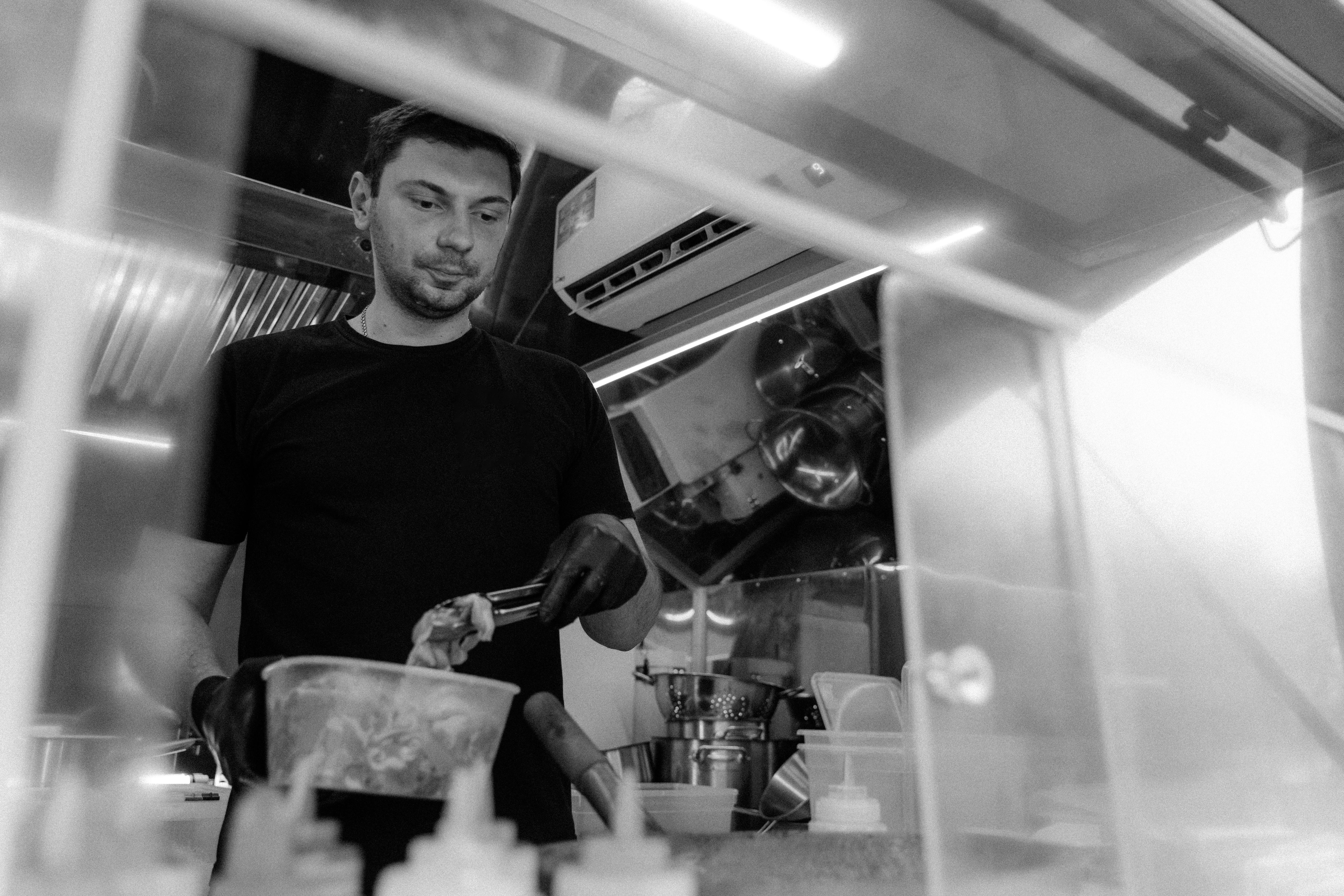No food is so fancy
Not so rooted in know-how.
It goes with pearls around swan necks,
With a limo, five-figure checks.
Combine layers of mink and sand,
And priceless silver on the table.
(From Gourmet Magazine, 1943)
There are many famous desserts in the world, but how many have inspired such a charming poem? Just crepes suzette, that supposedly fortuitous combination of oranges, fiery brandy, and thin pancakes.
Such a tribute is worthy of a dessert whose origins are still a mystery. The story behind the creation of crepes suzette is still discussed and there are parts that defy reality. As the popular story goes, in 1895, fifteen-year-old kitchen apprentice Henry Charpentier accidentally lit a bowl of cordials intended to be an orange-infused pancake sauce. While the guests waited, Charpentier impulsively decided to serve the sauce scalding over the pancakes. Fortunately, he got a taste of it first: “This is the most delicious melody of sweet flavors… The accident of the flame was just what was needed to bring all those various instruments together in a harmony of flavor.”
The future Edward VII of England, a notorious gastronome and described by Charpentier as the “world’s most perfect gentleman” was among the guests that evening. According to Charpentier, he was so impressed with the sauce that he took great care to consume every last drop. He rewarded the young man’s efforts with the gift of a jeweled ring and a Panama hat. He also asked to be named after one of the evening’s dinner guests, a lady-in-waiting known only to history as the elusive “Suzette.”
While Charpentier is credited with introducing the dessert and its signature llamas to the United States, other experts cite French chef Jean Redoux as the original creator. Redoux supposedly created it much earlier, in 1667, for Suzette, the princess of Cariñena.
Regardless of how this dessert came to be, its permanent place in the world’s dessert hall of fame is not in dispute. Its delicious taste and spectacular presentation will ensure its popularity forever. In the United States, the dessert reached the pinnacle of popularity in the middle of the last century, when it became the finale of dinner of choice for socialites and housewives alike.
As with any timeless recipe, crepes suzette have inspired a host of variations. For the sauce, Charpentier used vanilla-infused sugar and fresh oranges, Julia Child used just orange-infused butter, and Tyler Florence added tasty and enticing kumquats.
The crepes themselves have also undergone a facelift. Modern chefs have created soufflé versions that are served with a rum and orange liqueur sauce. And while the flaming technique is no longer considered essential to the flavor, it too has recently been taken to dramatic new heights by the occasional addition of flares to the final dish.
Preparing crepes suzette at home has naturally followed the path of fine dining, which has been on the decline for years. Today it is more common on upscale restaurant menus. However, with its simplicity and spare ingredients, there is an argument that a revival is overdue. In today’s fast-paced world, a no-bake dessert like crepes suzette could easily find its place in the world of casual entertaining, where party guests simply gather in the kitchen to watch the chef, who is often also the host. After all, as the poem tells us:
And yet, with its rich appeal,
So fitting for a prince’s meal.
The fact remains – and what a shame! – It is only
Pancakes on fire.
